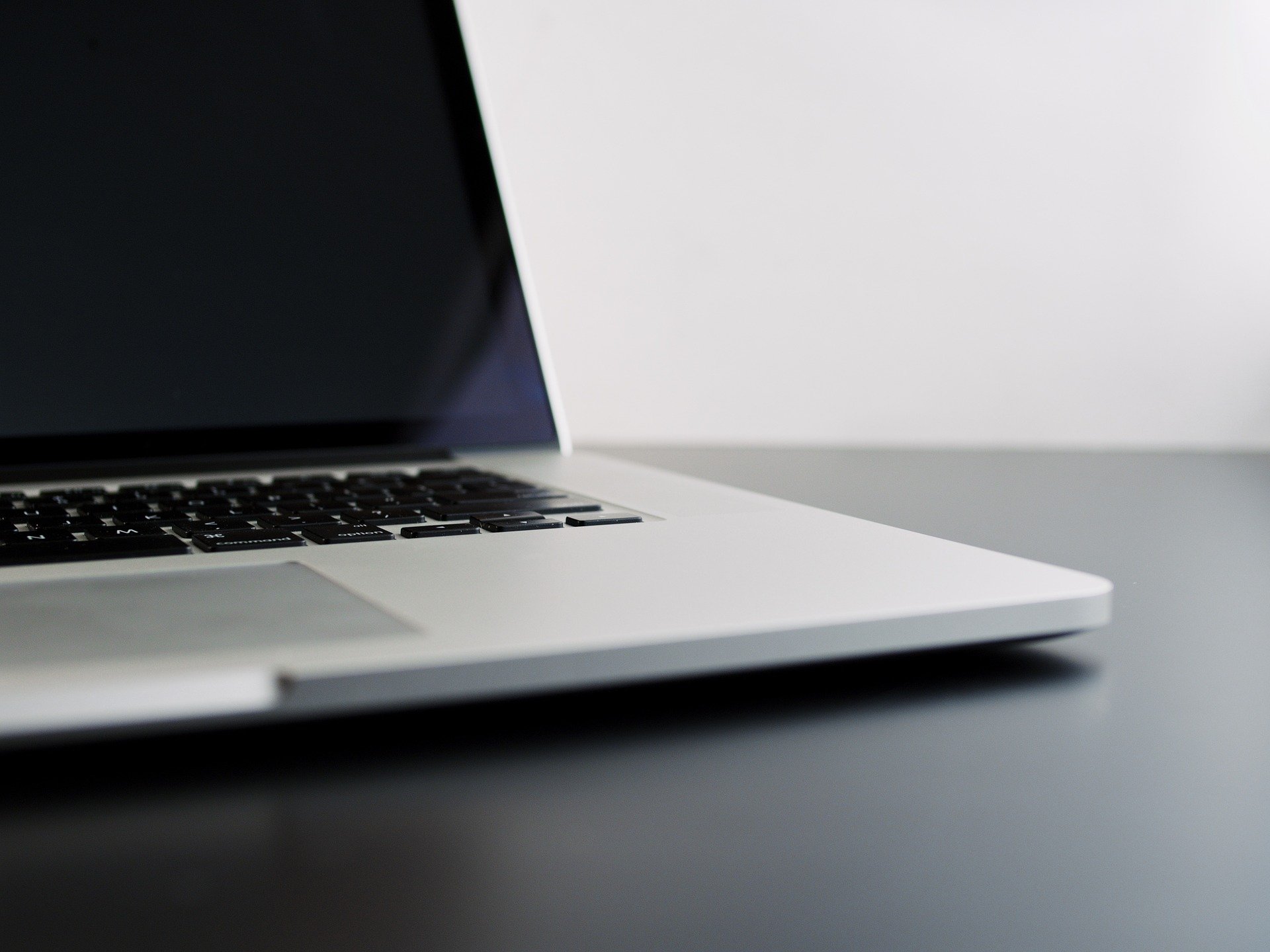In iFixYouri’s last Laptop Breakdown blog post, we went in-depth about the different types of keyboards, and it’s time to do the same with displays. A laptop’s display quality is essential because it allows you to view what you are doing with great clarity, color, and details. Keep reading to get the laptop breakdown 101 all about the display and learn about the different types, resolutions, and more!
Click here to read our last Laptop Breakdown post!
The Importance of Your Laptop’s Display
Unlike a keyboard which is considered an input device, a display is an output device. Rather than having the option to insert information at your own will with a keyboard, how a laptop’s display presents information is rarely under your control. Therefore, it is important to choose a display that is appropriate for your laptop’s intended use.
It is also important to know the different display types.
Different Laptop Displays and Sizes
The standard laptop screen is an LCD or liquid crystal display. An LCD’s overall purpose is to provide an even light source behind the screen.
An LCD can have one of two light sources: LED and CCFL.
Different points around the laptop’s screen are illuminated by LEDs or Light-Emitting Diodes.
CCFLs or Cold Cathode Fluorescent Lights use lighting technology to project images on the LCD with a lightbulb in the back of the screen.
Laptop screens generally range from 11.6” to 17”. The bigger the screen, the bigger the cost.
Different Display Resolutions
A laptop display also has different resolutions or the number of pixels displayed on the screen. The higher the resolution, the better the image quality.
720p: HD (High Definition) Resolution; 1280 X 720.
1080p: FUll HD Resolution; 1920 X 1080.
1440p: Quad HD Resolution; 2560 X 1440. Typically used with flagship phones and videogame monitors.
2160p: Also known as 4K or Ultra HD Resolution; 3840 X 2160.
4320p: Also known as 8K or Full HD Resolution; 7680 X 4320.
Touchscreen vs. Non-touchscreen
So far you have read about the different types of displays and resolutions of a laptop screen. Now it’s time to consider if you prefer a touchscreen or non-touchscreen device.
There are two types of touchscreens that a laptop can have: resistive and captive.
Resistive: A resistive touchscreen is made up of two layers, each with resistive and conductive currents. When you tap the screen, the layers come together and change the electric current. In return, the device will recognize this action and start to perform a task such as swiping to another screen or opening an app. A resistive screen does not allow for several points of contact.
Captive: A captive touchscreen is made of a single layer that works as different coordinates. It functions and gets its electrical charge from the human body. The electrical energy flow on the screen shifts with every point of contact. Unlike a resistive screen, a captive screen can have more than one point of contact.
Pros and Cons of a Touchscreen Laptop
A touchscreen…
- is straightforward and easy to use.
- allows you to multitask and complete tasks sooner.
- is useful for note-taking and designing.
- offers a High-quality display.
But also…
- Drains your battery
- Costs more than non-touchscreen laptops.
How to Repair a Broken Laptop Screen
Laptops are very complex devices and are not always easy to repair yourself. Many times, a self-repair can lead to further damage.
Simple fixes such as wiping down your screen or putting a hinge back into place can be done right at home.
But if your laptop has a cracked screen or damaged LCD screen, you need to turn to trustworthy tech repair experts, such as those at iFixYouri.
Every repair service starts with a series of diagnostic tests to determine your laptop’s core issue. In most cases, repairs are minimal.
Send your broken laptop to iFIxYouri and let repair experts take care of the rest! All you have to do is add your laptop’s corresponding screen repair to the cart, check out, and mail your device with the shipping label we email you.
Final Thoughts
If you are considering buying a new laptop, here are a few options with great displays:
- Apple MacBook Air M1
- DELL XPS 13
- HP Spectre x360
- Acer Swift 3
- Apple MacBook Pro 13-inch
And if you have an older laptop that you want to get rid of, sell your device to a buy-back company and make money quickly!
Laptop Breakdown 101: The Display by iFixYouri.
Photo Credit: Free-Photos via Pixabay.

